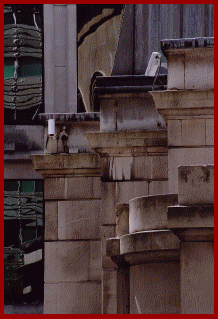| ||||||||||||||||||||||||||||||
Welcome to the | ||||||||||||||||||||||||||||||
 | ||||||||||||||||||||||||||||||
 | ||||||||||||||||||||||||||||||
All you need to know about lenses, | ||||||||||||||||||||||||||||||
Now, with CCTV cameras, because everything tends to work on a much smaller scale anyway (imagers, focal length lenses, etc.) their are three standard techniques widely used in photography which are equally viable with surveillance cameras. Firstly, it is possible to obtain relatively inexpensive ‘close up’ correction lenses, which simply screw onto the front filter thread of the existing lens. This will allow the camera to focus closer than the normal minimum distance. The second option is to use a special adaptor called a ‘reversing ring’, which effectively allows a normal lens to be reverse mounted onto the front of an existing optic. This piggy back arrangement may only work successfully with certain combinations, and to be honest is rarely if ever used. The simplest method is to use good old fashioned extension rings. Put a couple of these on the back of a decent telephoto lens such as the 50mm f1.4, and just pray that the camera isn’t pointing towards something as inconsequential as a red spider mite. It may only be 2mm across, but when you see it smiling back at you on a 20” screen, let’s just say it may put you off your next meal! Any close up work is dependent on using extremely good lighting (if it’s to be used for zoological work, please try not to cook the specimin); and remember to use a very sensitive camera - in general terms, exposure requirements increase alarmingly the closer you get. | ||||||||||||||||||||||||||||||
 | ||||||||||||||||||||||||||||||
IMPORTANT: No material may be reproduced, copied or redistributed from this site, © doktorjon.co.uk 2004 - 2008 Homepage...:...Gateway...:...Technical Gateway....:....Quickfind Index....:....Equipment Directory | ||||||||||||||||||||||||||||||

